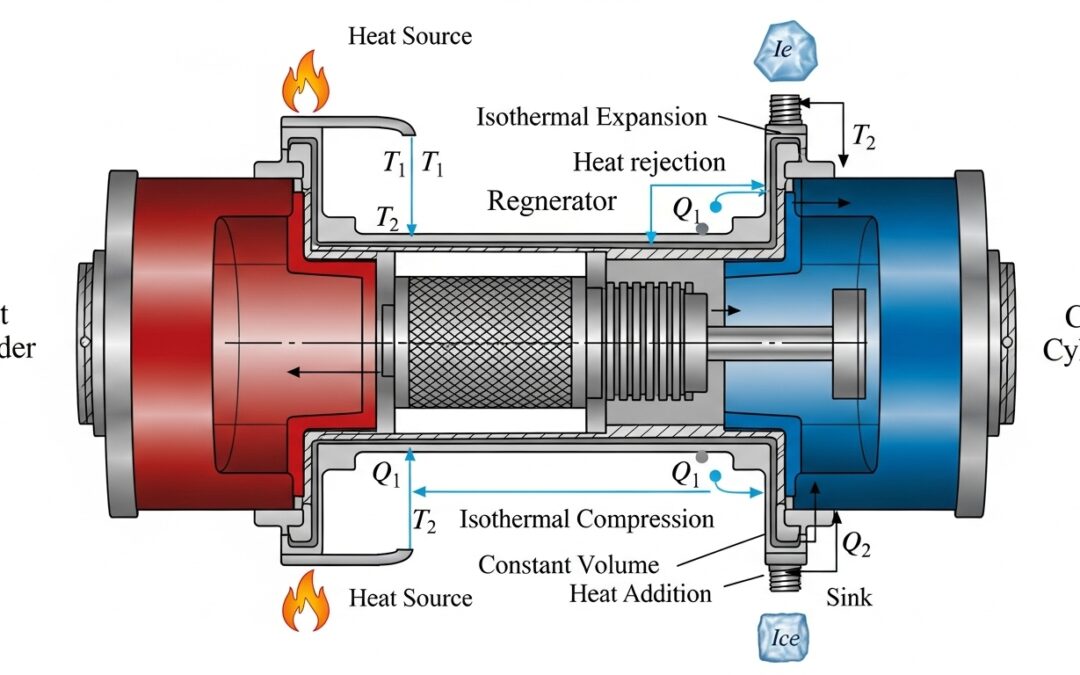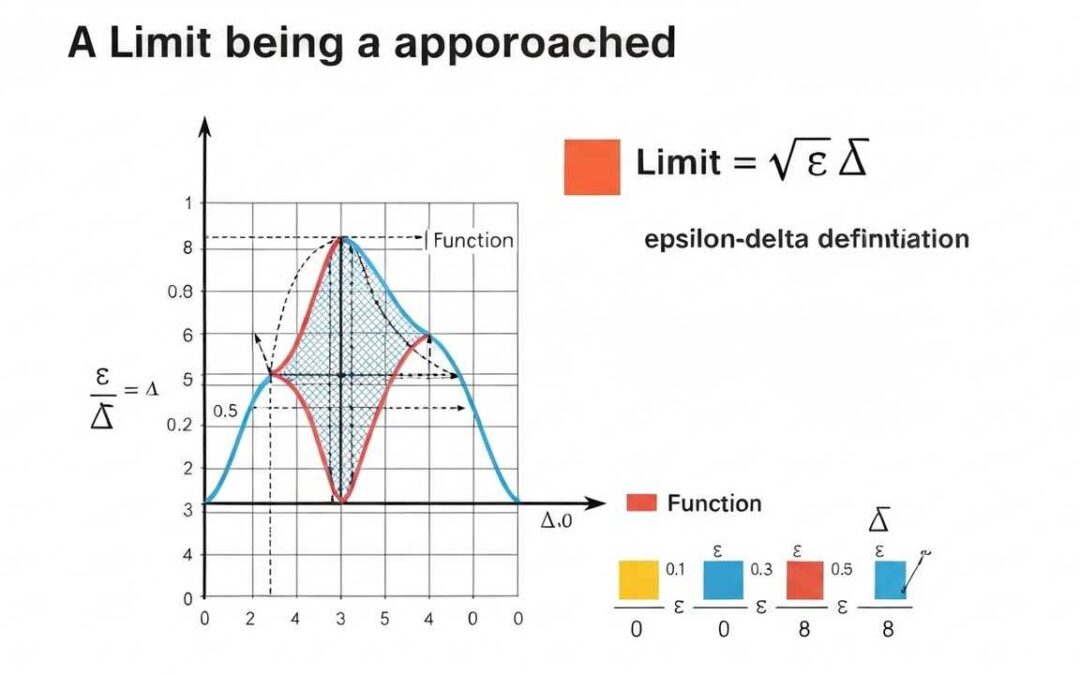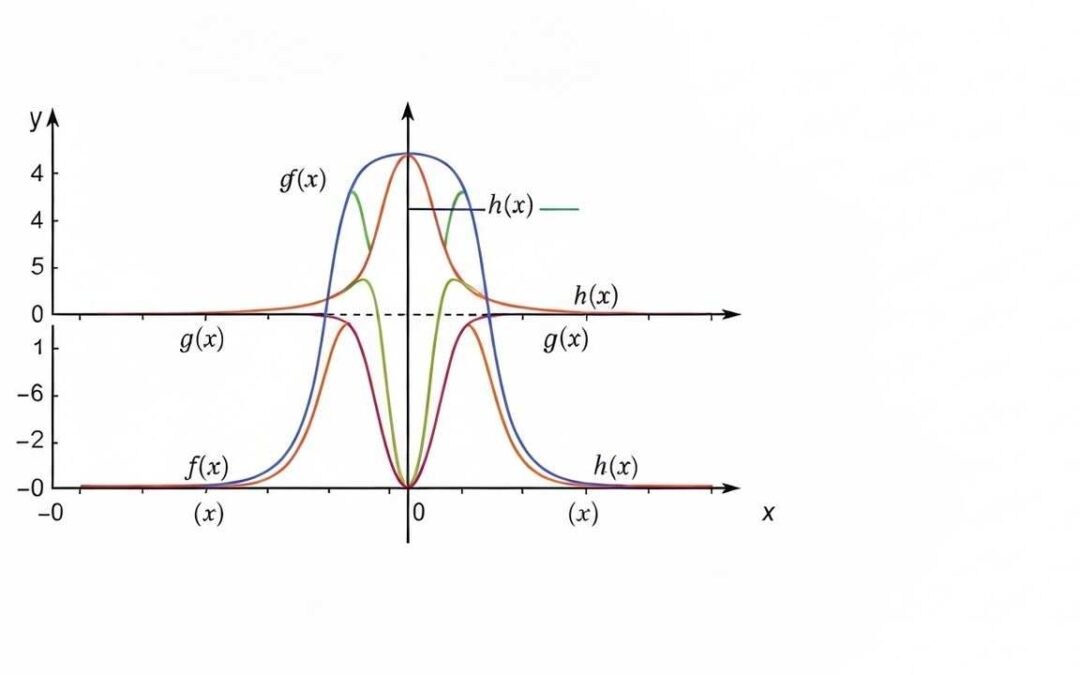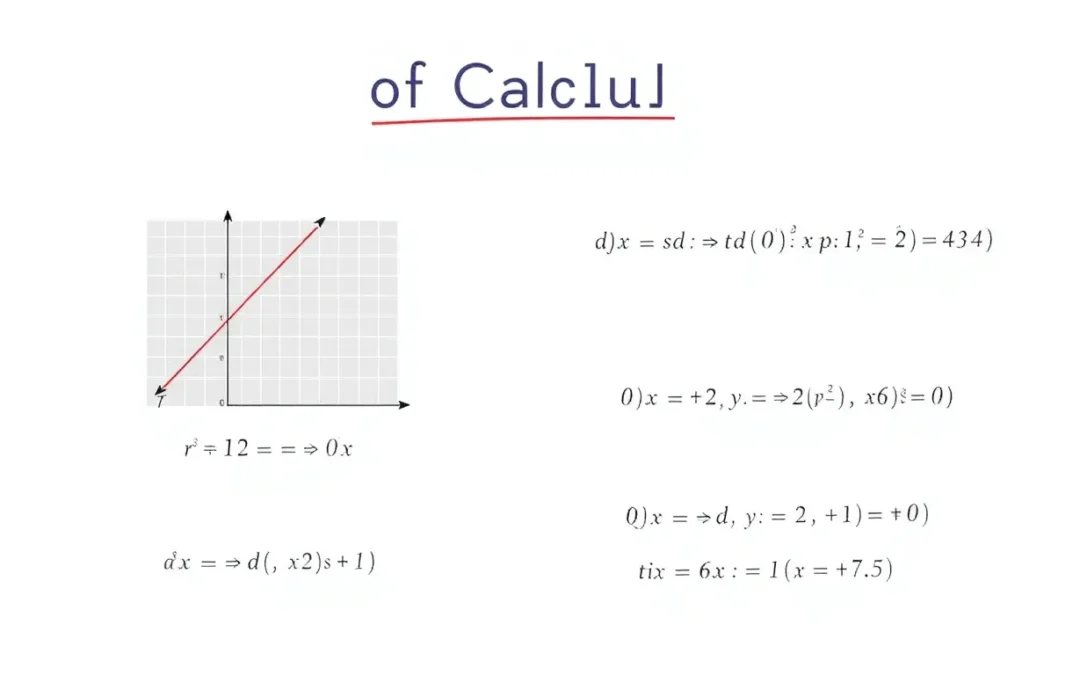Understanding derivatives can feel like unlocking a secret code in calculus. Derivatives show how a function changes, like tracking speed on a speedometer. Think of derivatives as zooming in on a curve until it looks like a straight line; the slope of that line is the derivative. Derivatives help us understand rates of change, whether it’s in physics, economics, or engineering. Grasping this concept opens doors to solving real-world problems.
Table of Contents
More from me
Welcome to a simplified explanation of derivatives! Often, students learn the mechanics of calculating derivatives without truly grasping what they represent. This blog aims to demystify derivatives, providing an intuitive understanding through visual and practical examples. Whether you’re a student or just curious, let’s explore the essence of derivatives together.
The Essence of Derivatives
At its core, a derivative measures the instantaneous rate of change of a function. Imagine you’re driving a car; your speedometer shows your speed at any given moment. That’s essentially a derivative in action! It tells you how your position changes with respect to time. Understanding derivatives is crucial for anyone delving into calculus and its applications.
The concept of the derivative is fundamental in calculus, representing the slope of a function at a specific point. It quantifies how much a function’s output changes in response to a tiny change in its input. This notion is critical in various fields, from physics to economics, for modeling and optimizing real-world phenomena. The essence of derivatives lies in understanding this rate of change.
Visualizing Derivatives: Tangent Lines
One of the most intuitive ways to understand derivatives is through tangent lines. If you zoom in on the graph of a function at a particular point, it will start to resemble a straight line. This line, known as the tangent line, represents the derivative at that point. The slope of this tangent line is the value of the derivative. This visualization helps connect the abstract concept to a geometric interpretation.
Consider a curve on a graph. The tangent line touches the curve at only one point, mirroring the curve’s direction at that precise location. The steeper the tangent line, the greater the rate of change. Thus, visualizing derivatives as tangent lines offers a clear and direct way to grasp their meaning and significance. This method is particularly useful for understanding derivatives graphically.
The Formal Definition of Derivatives
The formal definition of a derivative might seem intimidating, but it’s simply a mathematical way of describing the tangent line concept. The derivative of a function ##f(x)## is defined as:
### f'(x) = \lim_{h \to 0} \frac{f(x+h) – f(x)}{h} ###This formula calculates the slope of a secant line between two points on the curve, ##(x, f(x))## and ##(x+h, f(x+h))##, and then finds the limit as ##h## approaches zero. This limit gives us the slope of the tangent line at point ##x##, which is the derivative.
Derivatives as Instantaneous Velocity
Another helpful analogy is to think of derivatives as instantaneous velocity. Imagine tracking the position of a moving object over time. The derivative of the position function with respect to time gives you the object’s velocity at any given instant. This is different from average velocity, which is calculated over a time interval. The instantaneous velocity provides a precise measure of motion at a specific moment.
For example, if your position is described by the function ##s(t)##, then your velocity ##v(t)## is the derivative of ##s(t)## with respect to ##t##, i.e., ##v(t) = s'(t)##. This concept is widely used in physics to analyze motion and forces. Understanding derivatives in this context makes the concept more tangible and relatable.
Practical Applications of Derivatives
Derivatives aren’t just theoretical concepts; they have numerous practical applications. In optimization problems, derivatives help find maximum and minimum values of functions. For instance, businesses use derivatives to maximize profits or minimize costs. Engineers use them to design efficient structures and systems. Understanding derivatives is essential for solving real-world problems.
In economics, derivatives are used to analyze marginal cost and marginal revenue. In physics, they are crucial for understanding rates of change in various phenomena, such as acceleration and decay rates. The versatility of derivatives makes them an indispensable tool in many fields. The practical applications of derivatives highlight their importance in problem-solving.
Similar Problems and Quick Solutions
Problem 1: Find the derivative of ##f(x) = x^2##
Solution: ##f'(x) = 2x##
Problem 2: Find the derivative of ##f(x) = 3x + 5##
Solution: ##f'(x) = 3##
Problem 3: Find the derivative of ##f(x) = sin(x)##
Solution: ##f'(x) = cos(x)##
Problem 4: Find the derivative of ##f(x) = e^x##
Solution: ##f'(x) = e^x##
Problem 5: Find the derivative of ##f(x) = ln(x)##
Solution: ##f'(x) = 1/x##
| Concept | Description | Example |
|---|---|---|
| Derivative | Measures the instantaneous rate of change of a function. | The derivative of position with respect to time is velocity. |
| Tangent Line | A line that touches a curve at a single point, representing the derivative at that point. | The slope of the tangent line at ##x## gives the value of the derivative at ##x##. |
| Formal Definition | ### f'(x) = \lim_{h \to 0} \frac{f(x+h) – f(x)}{h} ### | Calculates the slope of the tangent line as ##h## approaches zero. |
| Applications | Used in optimization, physics, economics, and engineering. | Maximizing profits, designing efficient structures, analyzing marginal cost. |
We also Published
RESOURCES
- I literally do not understand Derivatives and Rate of Change : r …
- Understanding Derivatives: A Comprehensive Guide to Their Uses …
- Can someone explain, in a simple manner, how to do Derivatives …
- Calculus: Building Intuition for the Derivative – BetterExplained
- How to Understand Derivatives (Calculus) | by Mike Beneschan …
- real analysis – Why do we teach calculus students the derivative as a …
- What is a Derivative? Derivatives Definition and Meaning …
- Introduction to Derivatives
- Understanding Financial Derivatives: Forwards, Futures, and Options
- Derivatives Explained Simply Your Questions Answered.







0 Comments